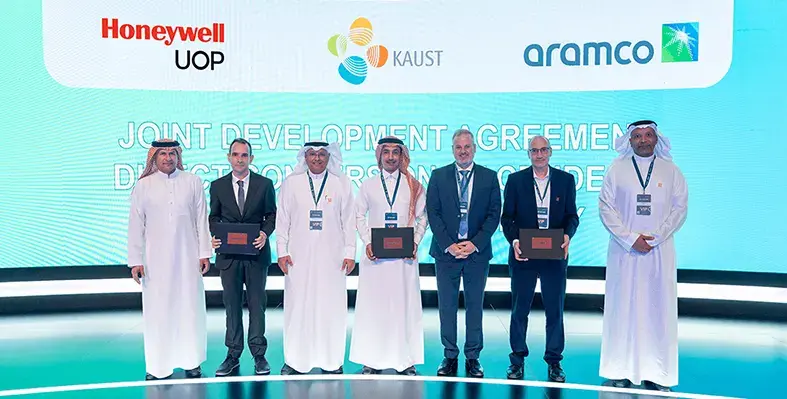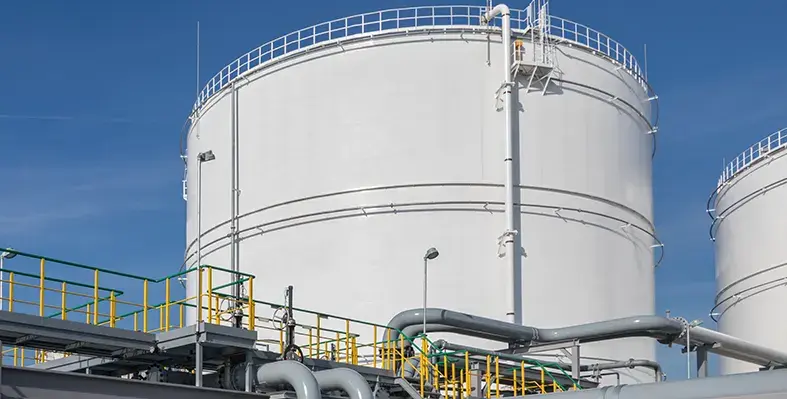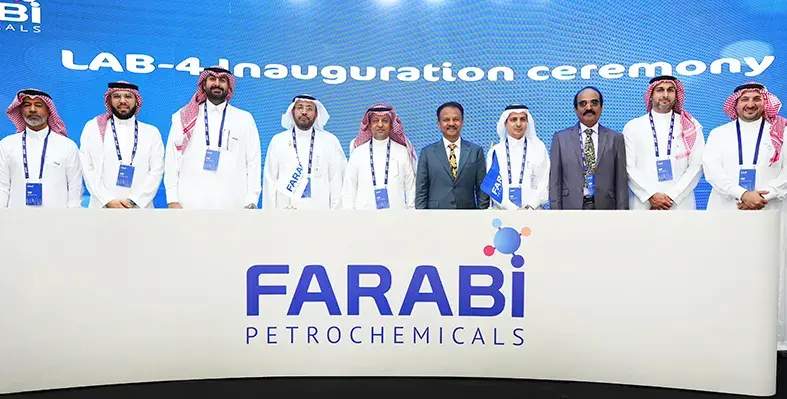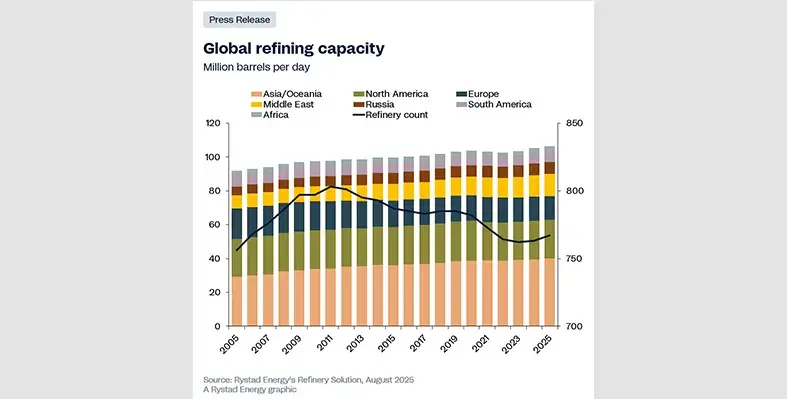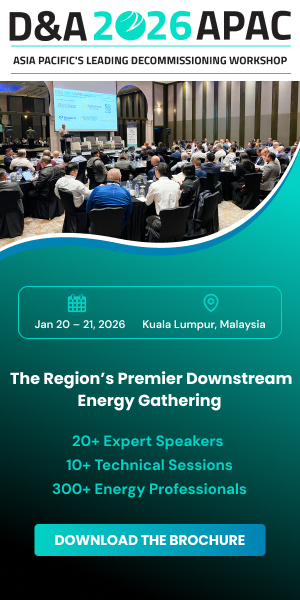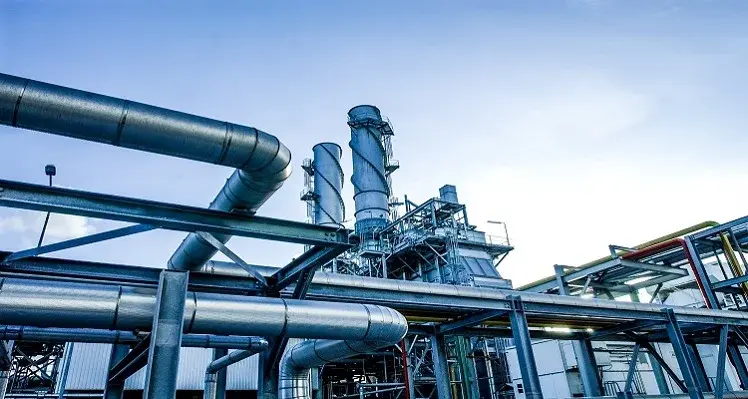
The companies will explore capital investments to upgrade and diversify production. (Image source: Adobe Stock)
ExxonMobil, Aramco and Samref have signed an agreement to look at a significant upgrade of the Samref refinery, in Yanbu, and the possibility of expanding it into an integrated petrochemical complex
The refinery currently has the capacity to process more than 400,000 barrels of crude oil per day, producing a diverse range of energy products including propane, automotive diesel oil, marine heavy fuel oil, and sulphur. The companies will explore capital investments to upgrade and diversify production, including high-quality distillates that result in lower emissions and high-performance chemicals, as well as ways to improve the refinery’s energy efficiency and reduce emissions from operations through an integrated emissions-reduction strategy.
The companies will commence a preliminary front-end engineering and design phase for the proposed project, which would aim to maximise operational advantages, enhance Samref’s competitiveness and help to meet growing demand for high-quality petrochemical products in the Kingdom.
Samref is a joint venture between Aramco and Mobil Yanbu Refining Company Inc., a wholly owned subsidiary of Exxon Mobil Corporation.
Mohammed Y. Al Qahtani, Aramco Downstream president, said, “This next phase of Samref marks a step in our long-term strategic collaboration with ExxonMobil. Designed to increase the conversion of crude oil and petroleum liquids into high-value chemicals, this project reinforces our commitment to advancing Downstream value creation and our liquids-to-chemicals strategy. It will also position Samref as a key driver in the growth of the Kingdom’s petrochemical sector.”
Jack Williams, Exxon Mobil Corporation senior vice president, added, “We value our partnership with Aramco and our long history in Saudi Arabia. We look forward to evaluating this project, which aligns with our strategy to focus on investments that allow us to grow high-value products that meet society’s evolving energy needs and contribute to a lower-emission future.”







